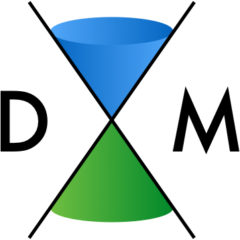
- This event has passed.
Nami Matsubara (KTH) – Neutron Diffraction and Battery Materials
2020-05-12 @ 11:00 - 12:00
Speaker: Nami Matsubara (KTH)
Title: Neutron Diffraction and Battery Materials
Time: 11am CEST
Zoom id: https://kth-se.zoom.us/j/61941862292
Zoom id: https://kth-se.zoom.us/j/61941862292
Abstract: Increasing demand for high performance, low-cost, lightweight and long-life batteries, it is essential to optimise the performance of current materials and discover new candidate compounds for future batteries. In order to improve the property o materials, a detailed investigation of crystal structure and dynamics on an atomic scale is necessary.
Neutron powder diffraction (NPD) is widely used and well-established technique to determine the structure of materials and it has several advantages over X-rays and electrons for studies of energy materials since it is more sensitive to probe the locations of light atoms. NPD can also be a powerful method to investigate ion dynamics such as diffusion pathways through advanced maximum entropy method or Fourier difference maps analysis.
In addition, neutrons are uncharged but do have a magnetic moment. As a result, there is an additional scattering due to the interaction between the neutron magnetic moment and the magnetic moment of the atom. Many battery cathode materials show interesting low temperature physics, which can be examined by using NPD.
Neutron powder diffraction (NPD) is widely used and well-established technique to determine the structure of materials and it has several advantages over X-rays and electrons for studies of energy materials since it is more sensitive to probe the locations of light atoms. NPD can also be a powerful method to investigate ion dynamics such as diffusion pathways through advanced maximum entropy method or Fourier difference maps analysis.
In addition, neutrons are uncharged but do have a magnetic moment. As a result, there is an additional scattering due to the interaction between the neutron magnetic moment and the magnetic moment of the atom. Many battery cathode materials show interesting low temperature physics, which can be examined by using NPD.
